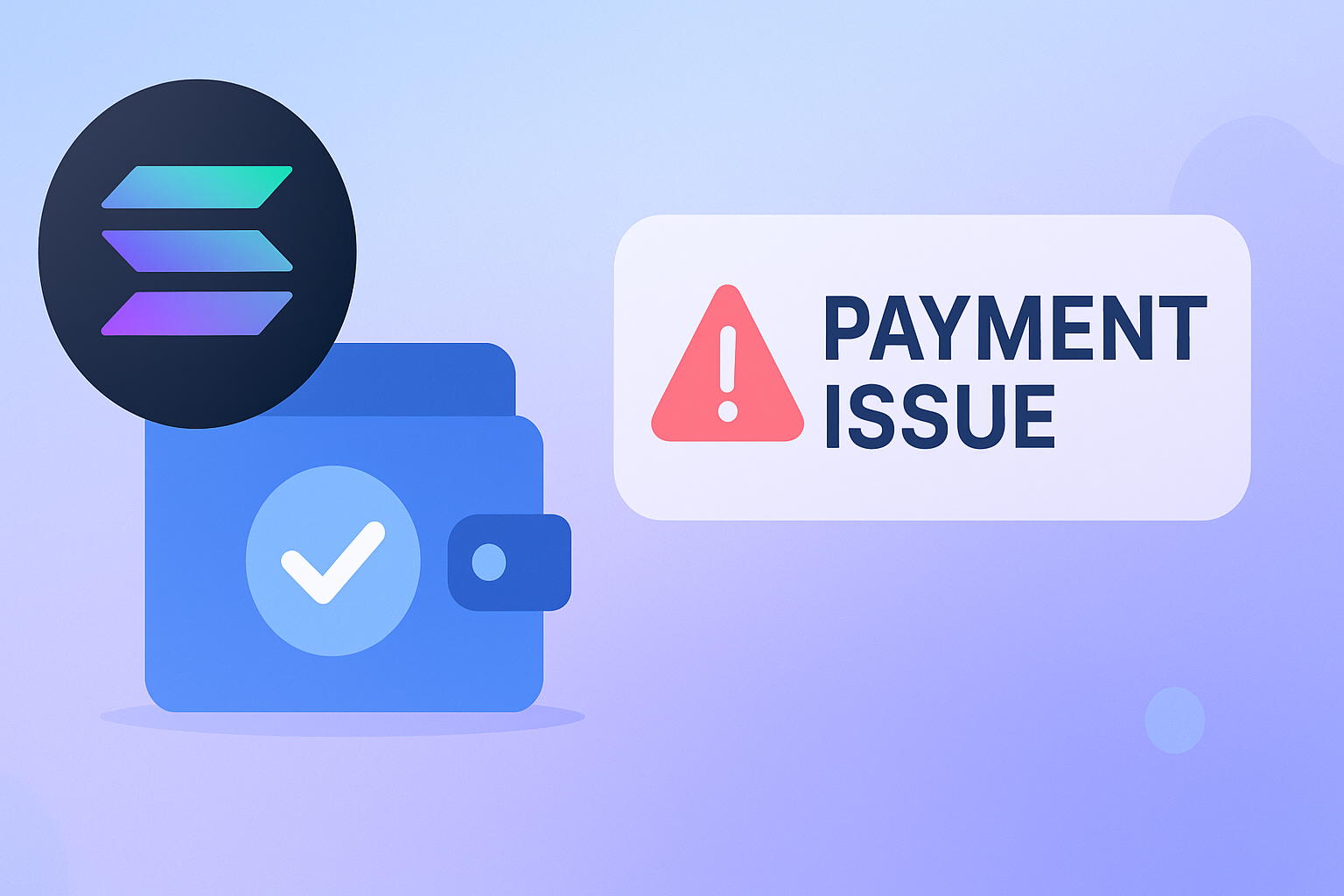Web scraping has evolved from a niche skill into a fundamental aspect of data collection for businesses, researchers, and developers. As the digital landscape expands, so too do the technologies and methodologies surrounding web scraping. Here’s a look at some key trends that are shaping the future of web scraping and what to watch for in the coming years.
1. Increased Focus on Ethical Scraping
As data privacy concerns grow, the importance of ethical web scraping practices is becoming more pronounced. Regulations like GDPR and CCPA are pushing organizations to adopt transparent and responsible data collection methods. The future of web scraping will likely see a rise in tools and frameworks that prioritize compliance, helping businesses navigate the legal landscape while still accessing valuable data.
What to Watch:
- Tools that include compliance features to manage data scraping responsibly.
- Increased emphasis on obtaining explicit consent for data collection.
2. AI and Machine Learning Integration
Artificial Intelligence (AI) and Machine Learning (ML) are transforming the way web scraping is performed. These technologies can help automate data extraction, improve accuracy, and even understand the context of the data being scraped. Future web scraping tools will likely leverage AI and ML to offer smarter, more efficient solutions.
What to Watch:
- Development of AI-driven scraping tools that can adapt to changes in website structure.
- Use of ML algorithms to identify and categorize data more effectively.
3. Rise of Headless Browsers
Headless browsers, which allow for web scraping without a graphical interface, are gaining popularity due to their efficiency and speed. They can execute JavaScript, making them essential for scraping dynamic websites. The trend toward headless scraping will continue as developers seek faster and more reliable methods to access web data.
What to Watch:
- Increased adoption of headless browsers like Puppeteer and Selenium in web scraping projects.
- Tools that simplify the use of headless browsers for non-technical users.
4. Data Enrichment and Analysis
As businesses increasingly rely on data-driven decisions, the demand for enriched and analyzed scraped data is on the rise. Future web scraping tools will not only focus on extraction but also on processing and providing insights. This will enable organizations to turn raw data into actionable intelligence more efficiently.
What to Watch:
- Integration of data analysis features within web scraping tools.
- Partnerships between scraping platforms and data analytics services.
5. The Growth of APIs
While web scraping can extract data from various sources, APIs are becoming a more reliable alternative for data retrieval. As more companies provide APIs, the emphasis may shift from scraping to using these structured data sources. However, scraping will still play a vital role in situations where APIs are not available.
What to Watch:
- Expansion of public APIs and increased focus on accessing data through them.
- Tools that help users decide when to use scraping versus API access.
6. Enhanced Anti-Scraping Measures
As web scraping becomes more prevalent, so do the technologies designed to combat it. Websites are implementing advanced anti-scraping measures, including CAPTCHAs, IP blocking, and rate limiting. The future will see a continuous cat-and-mouse game between scrapers and website defenses.
What to Watch:
- Development of sophisticated techniques to bypass anti-scraping measures.
- Increased importance of ethical hacking practices in web scraping.
Conclusion
The future of web scraping is poised for significant changes as technology evolves and data privacy concerns intensify. By staying ahead of these trends, businesses and developers can navigate the complexities of web scraping more effectively, ensuring they extract valuable insights while adhering to ethical and legal standards. As we look ahead, the focus will increasingly be on responsible data practices, technological advancements, and a deeper understanding of the digital ecosystem.
Embracing these trends will not only enhance the effectiveness of web scraping but also contribute to a more transparent and sustainable data landscape. Whether you're a seasoned scraper or new to the field, keeping an eye on these developments will be crucial for future success.





